After exploring the grounds of Shin-Yakushi-ji, I headed to Byakugō-ji Temple. By that point, I was already feeling quite tired, and to be honest, I was tempted to head back. However, since I had come all the way to Nara, I decided to push myself a bit further and make the trip to Byakugō-ji.
However, Byakugō-ji turned out to be a temple with a unique charm, different from the other temples and shrines I had visited so far. Personally, I’m really glad I decided to visit. If you’re curious, I hope you’ll read on to the end of this article.
What is Byakugō-ji?
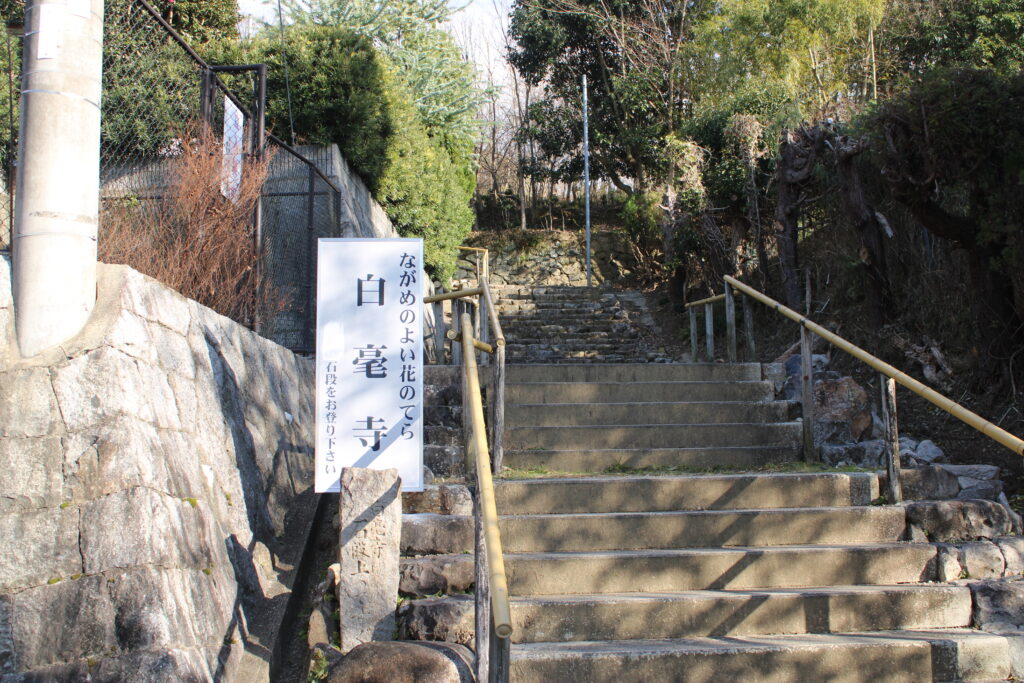
Byakugō-ji Temple is located at the western foot of Kōen Mountain, which stretches southward, following the mountain ranges of Wakakusa Mountain and Kasuga Mountain in the eastern part of Nara City. It is said that there was a villa of Prince Shiki, the seventh son of Emperor Tenji, in this area, known as “Kōen.” His villa was later transformed into the temple.
During the Kamakura period, the priest Eison, who founded the Shingon Ritsu sect at Saidaiji Temple and revitalized many temples, is credited with the restoration and development of Byakugō-ji. Despite facing various challenges, such as the fire caused by military conflicts in the 6th year of Meiou (1497) and the abolition of Buddhism during the Meiji period, the temple was gradually restored and has reached its present state.
Byakugō-ji is also known for its rich natural surroundings. In spring, flowers like camellias bloom, while in autumn, the path to the temple is adorned with red and white bush clover, creating a beautiful display of flowers. It is a peaceful temple that stands out for its serene atmosphere and the beauty of its natural surroundings.
Exploring the Grounds
Now, I have arrived at the grounds of Byakugō-ji. From there, I had to climb quite a few stairs. Being a man in his forties, I was out of breath, but I pushed through, making my way up with great effort…
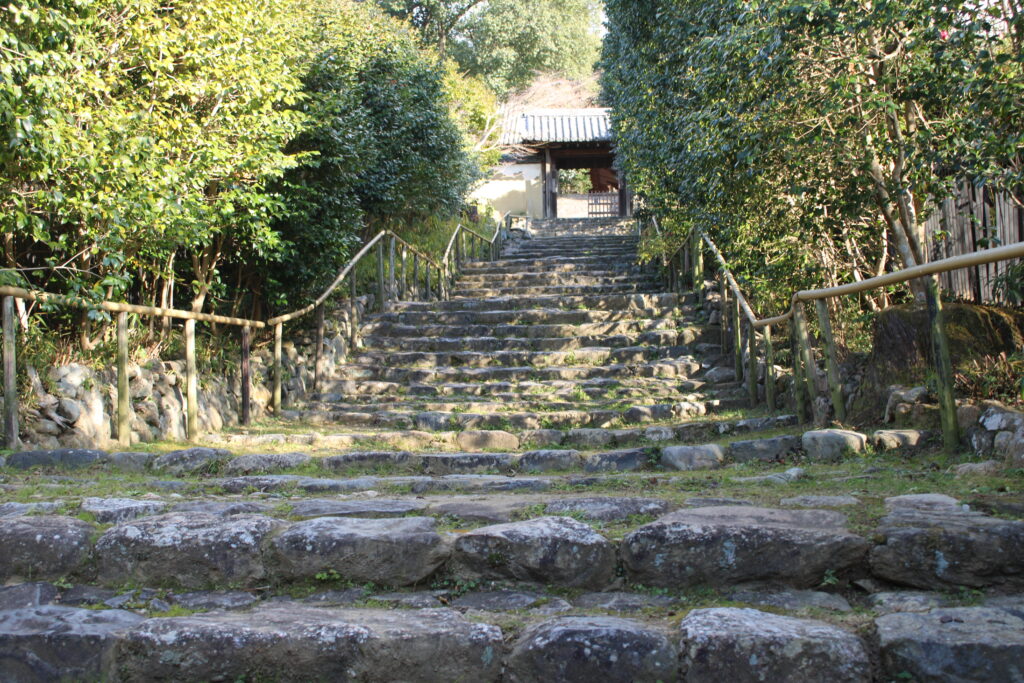
Climbing the stairs was a struggle, but the view made it all worth it. As seen in the photo below, you can get a panoramic view of Nara city from up here! Looking at that scenery, I felt like my heart was expanding. I’m really glad I made it this far♪
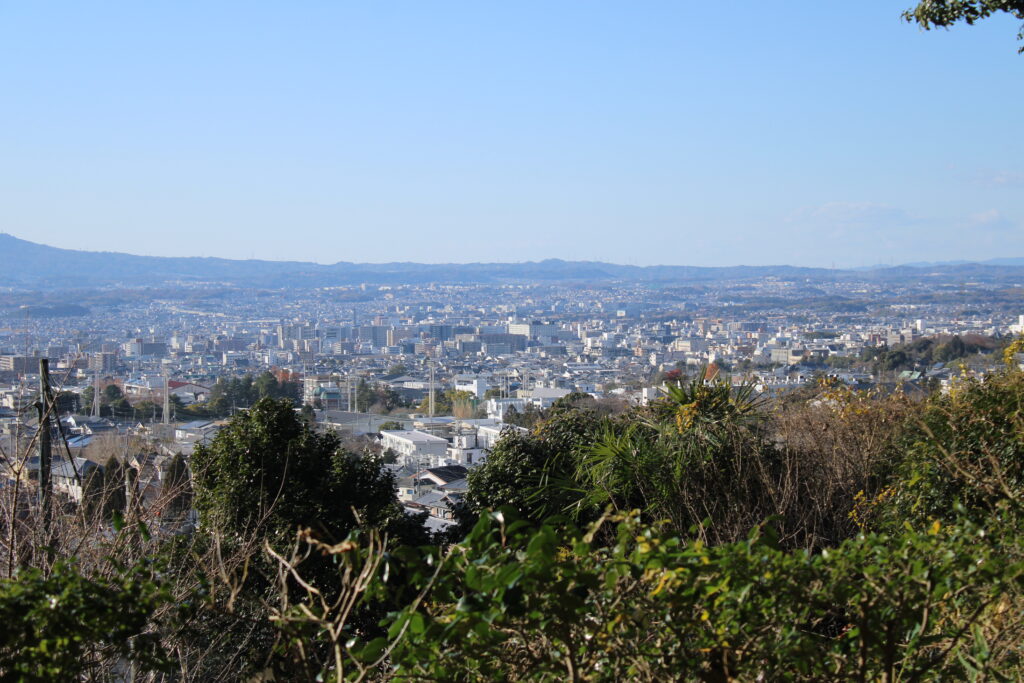
As I continued exploring the temple grounds, I came across the Hōzō (treasure house). Inside, many important cultural properties are enshrined, including the seated statue of Amida Nyorai (Heian to Kamakura period, Important Cultural Property) and the standing statue of Jizō Bosatsu (Kamakura period, Important Cultural Property).
What particularly left an impression on me was the seated statue of Enma-ō (King of Hell) (Kamakura period, Important Cultural Property). With a fierce expression, its eyes, made of crystal, seem to glare intensely. It almost felt like it was staring directly at me with a commanding presence.
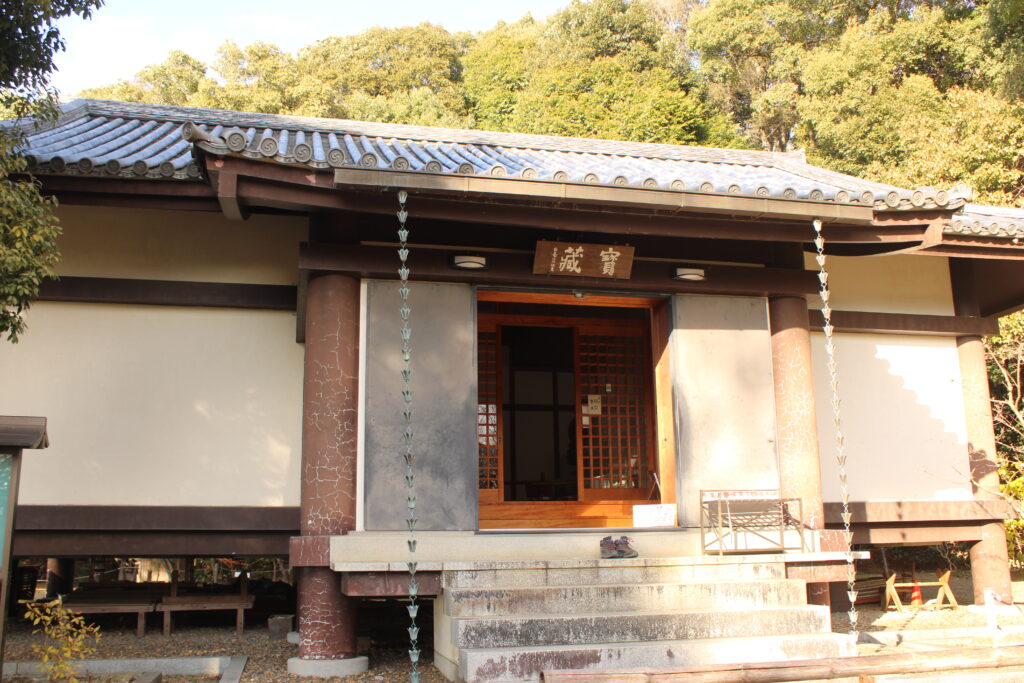
In addition, along the path of stone statues, various stone Buddhas are lined up. I can’t quite explain it, but when I see these old stone statues, it stirs something deep inside me. It’s as if I feel a sense of nostalgia or a subtle sadness… I can’t put it into words, but there’s something about these ancient stone statues that somehow resonates with my heart.
Also, since it was the end of December, the autumn foliage season had already passed, but the fallen maple leaves had created a beautiful carpet of red on the ground.
Furthermore, with the presence of Man’yō poetry stones, there was no shortage of historical and cultural highlights.
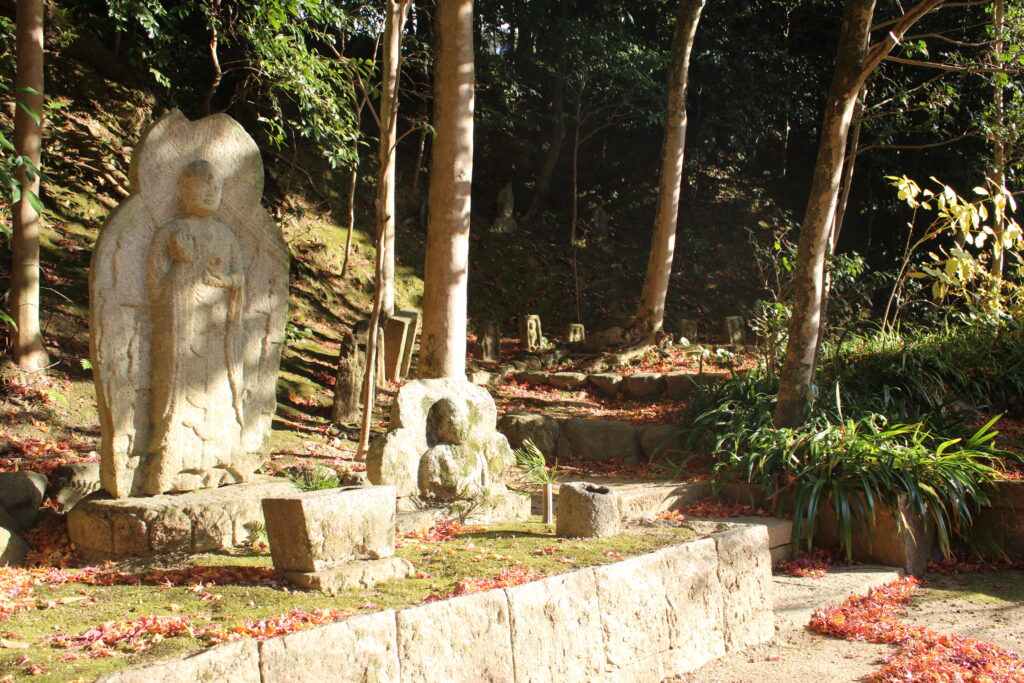
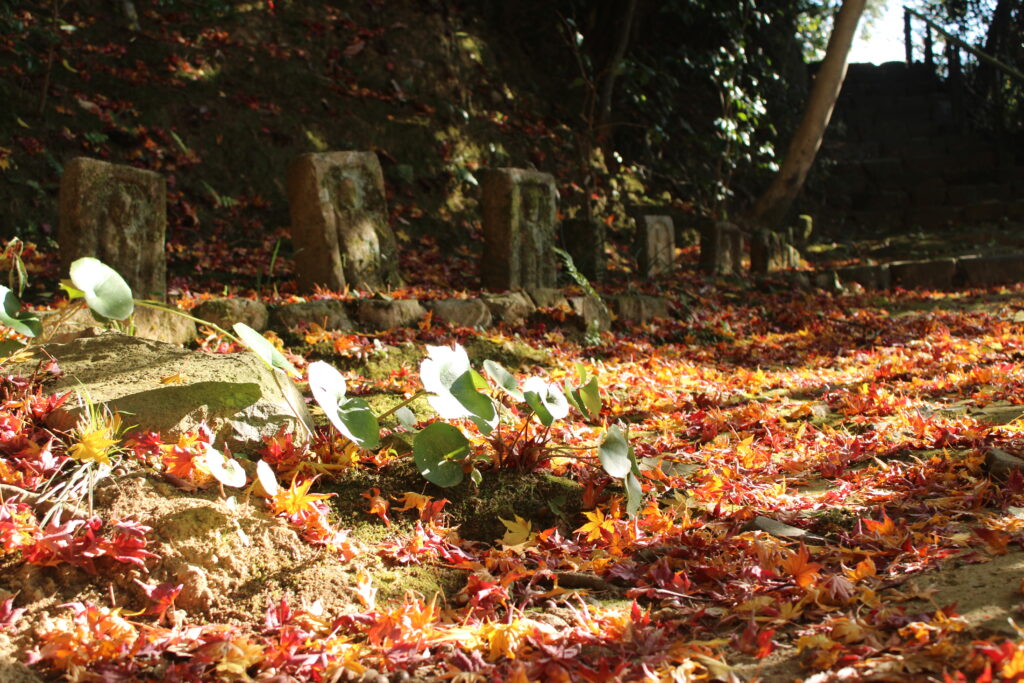
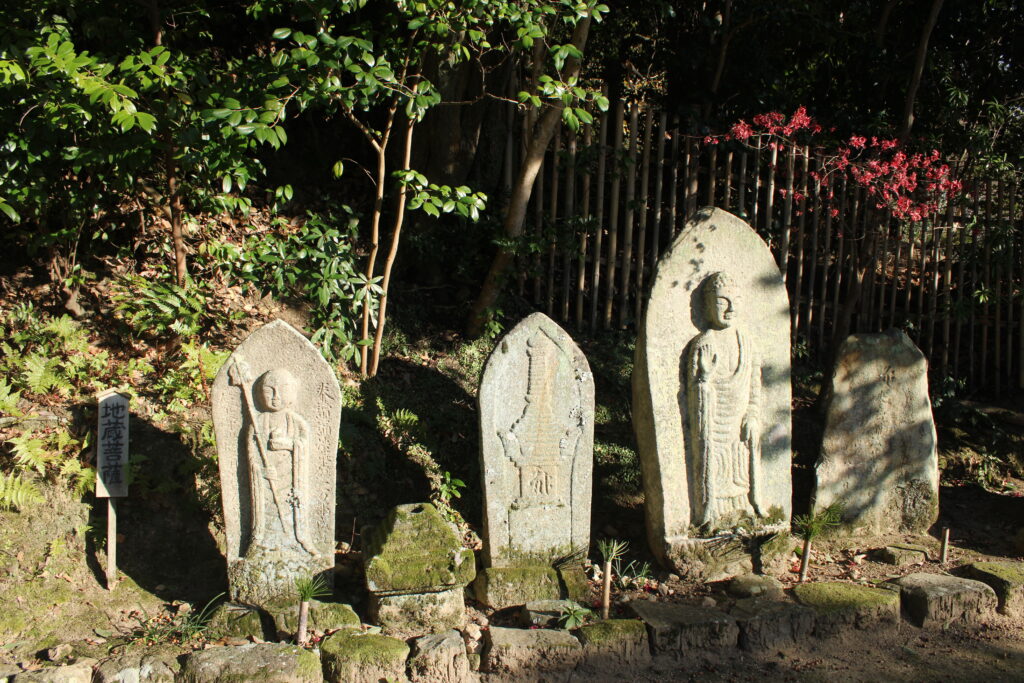
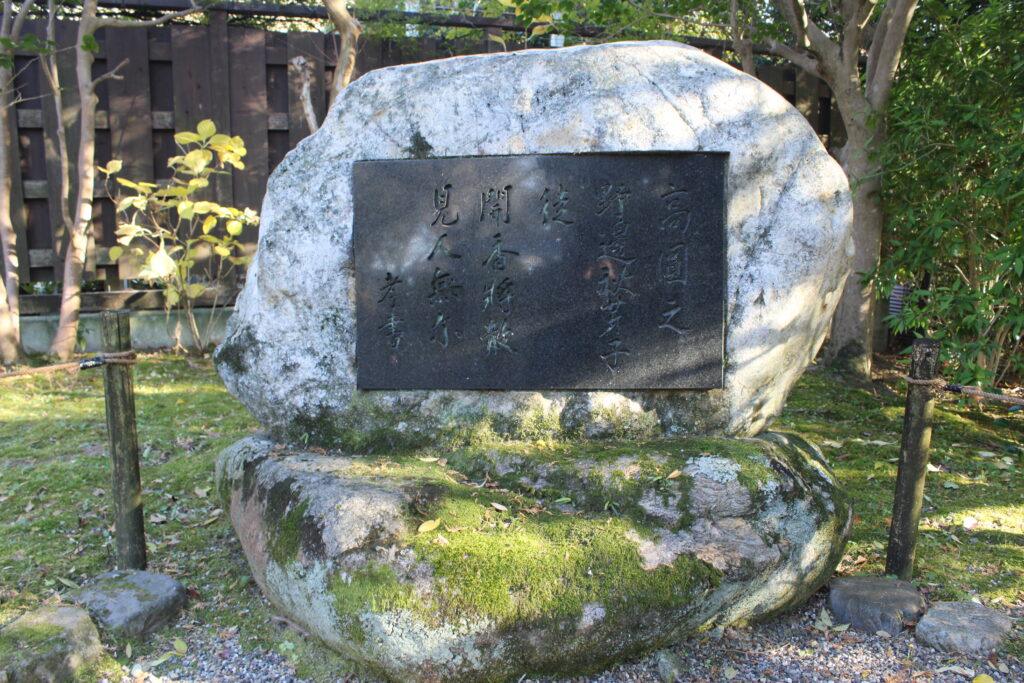
Conclusion
I had thought of Byakugō-ji as just a bonus stop, but it turned out to be a wonderful temple that combines both the charm of its statues and its beautiful scenery. As expected, you can’t truly understand the appeal of a place until you visit it in person.
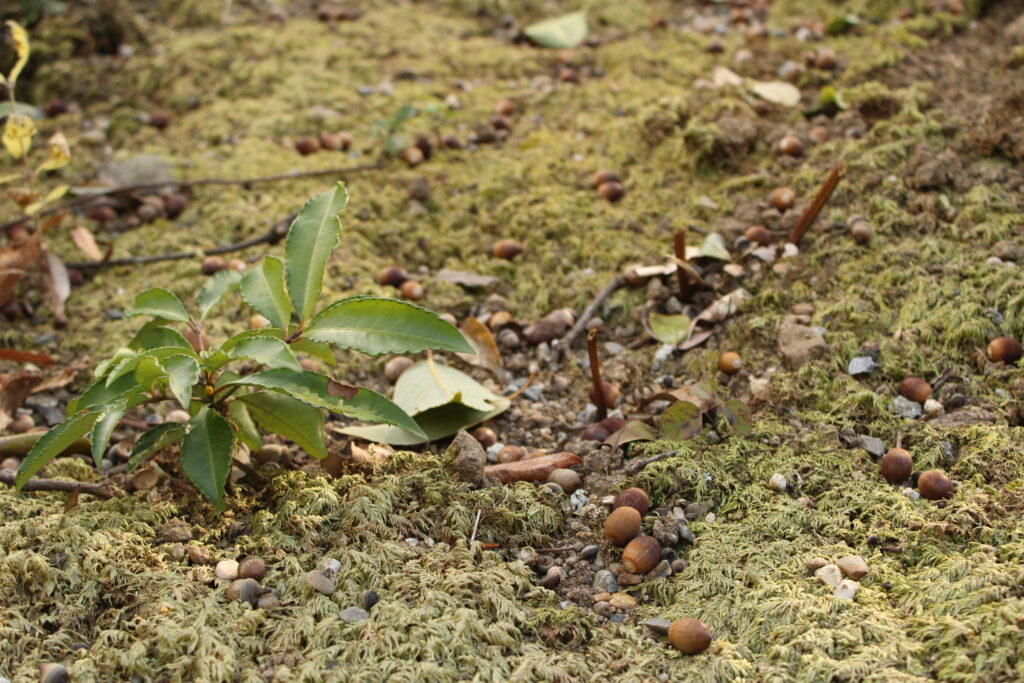
And with that, my day of exploration, which began at Kōfuku-ji, came to an end. Since it was quite far to walk back, I decided to take the bus. After leaving Byakugō-ji, I walked west for a while until I reached the Takahata Jūtaku bus stop, where I took the bus to JR Nara Station. Although there is also a bus stop called Byakugō-ji along the way, I didn’t use it because the bus service there is not very frequent.
As a side note, for dinner on the second day, I chose a place called “Nara Umamimono Plaza” located inside Nara Station. It sells local Nara ingredients, and there is a dining area at the back. I decided to eat there because I wanted to experience something representative of Nara.
The dish I ordered was a hamburger. It came with a variety of locally sourced vegetables piled on the plate. However, the hamburger itself was quite small, so it might be more suited for women. As a man in his forties who enjoys hearty meals, I found it a bit lacking. But since I love vegetables too, it was still fine. If you’re unsure where to eat, it wouldn’t be a bad idea to give this place a try.
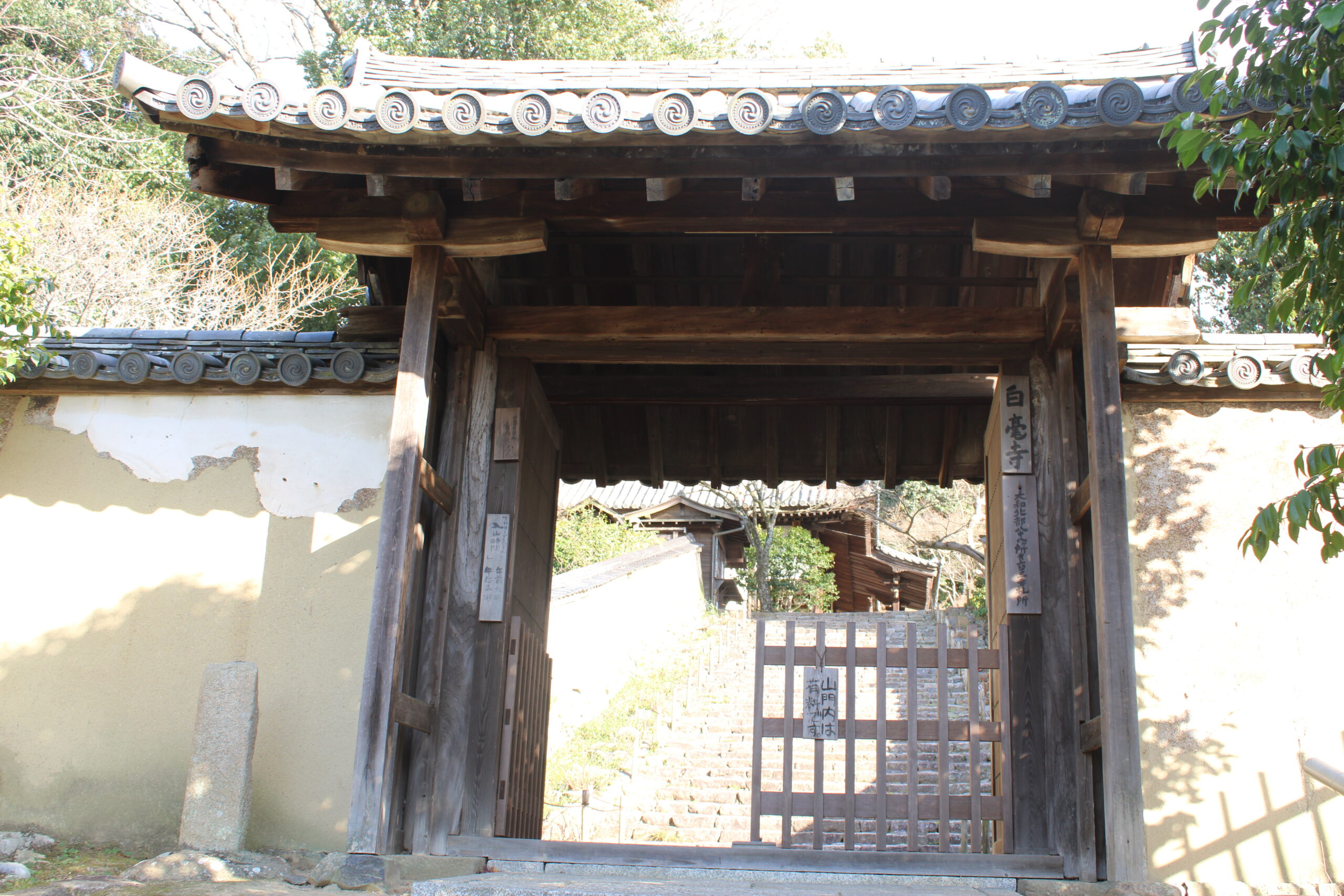

コメント